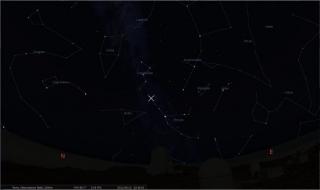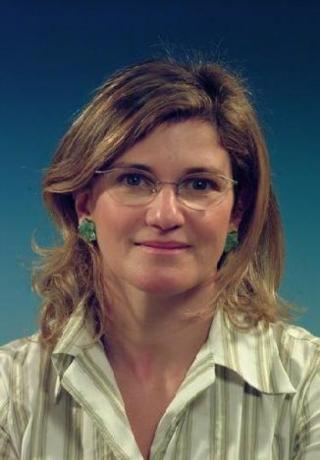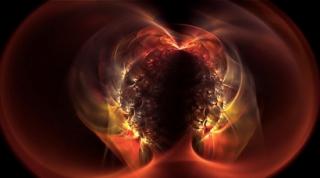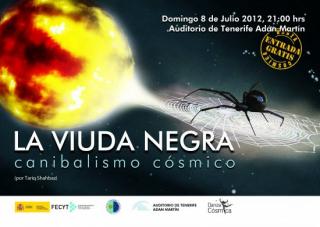
Este año, la lluvia de estrellas tendrá su máximo de actividad durante el día, pero podrá observarse con menor intensidad en las noches del sábado 11 y domingo 12 de agosto
Advertised on
This section includes scientific and technological news from the IAC and its Observatories, as well as press releases on scientific and technological results, astronomical events, educational projects, outreach activities and institutional events.



